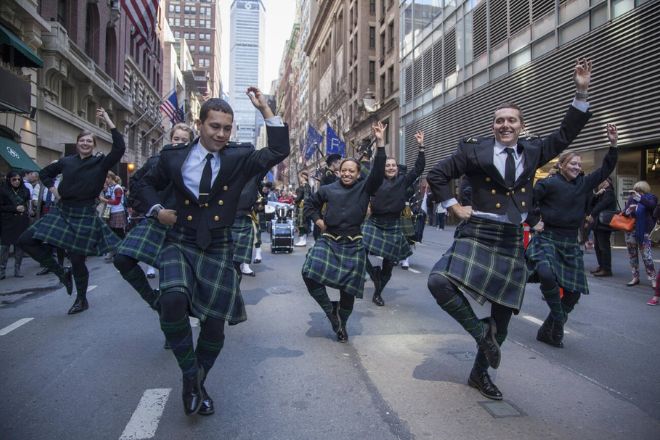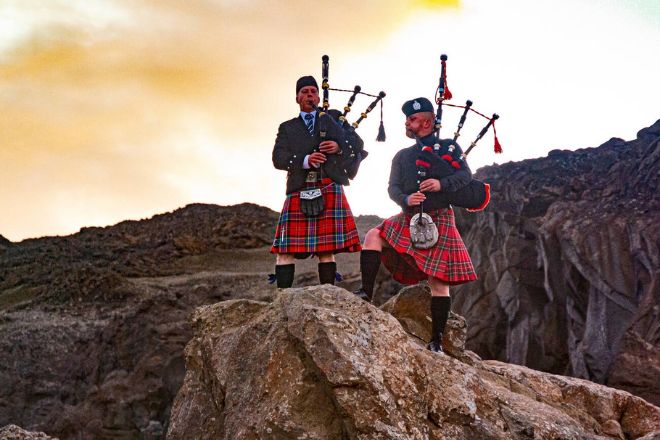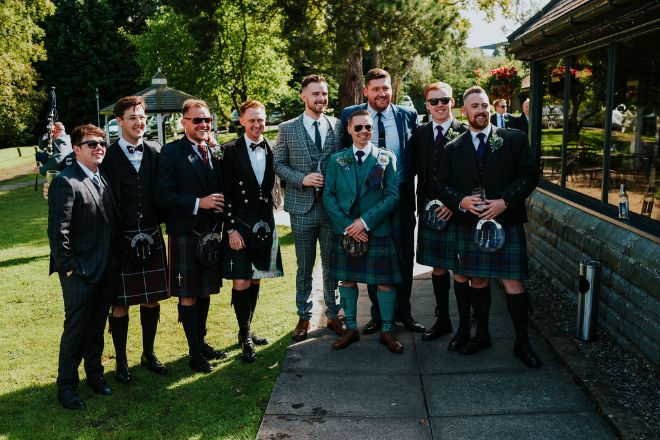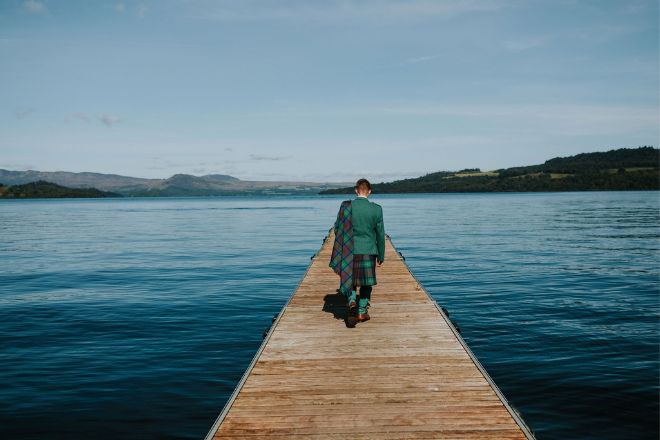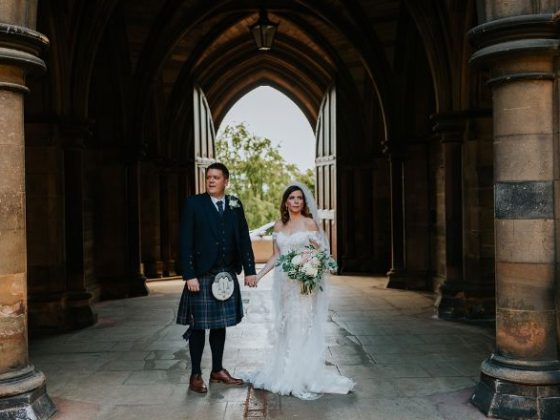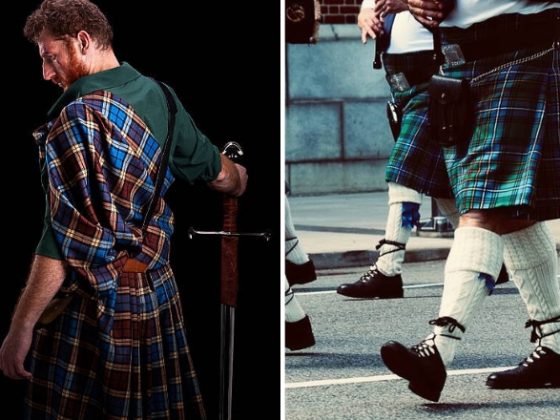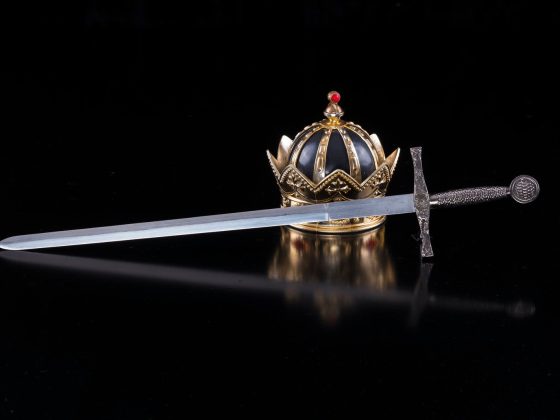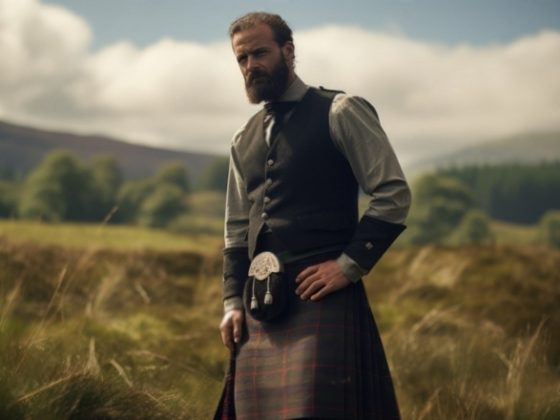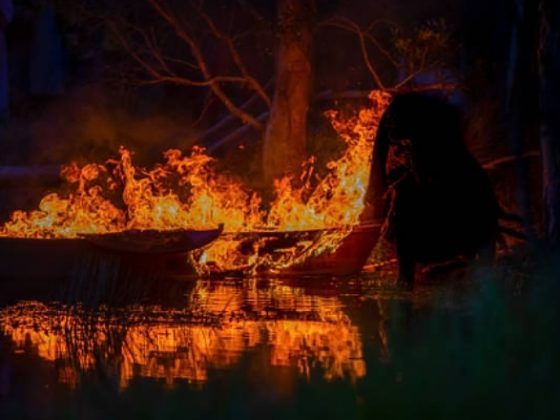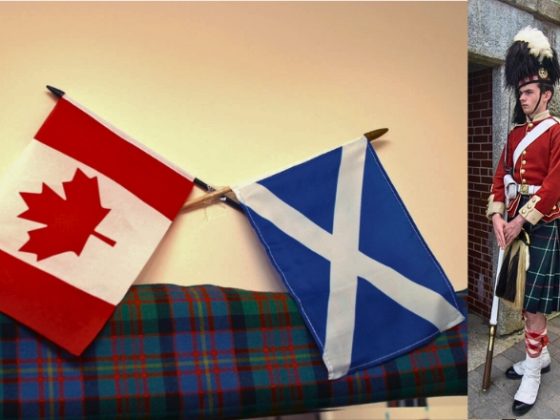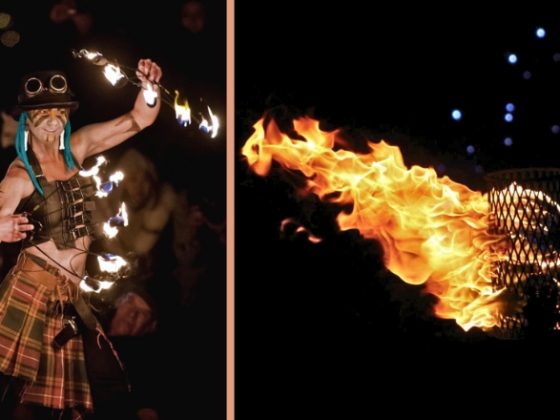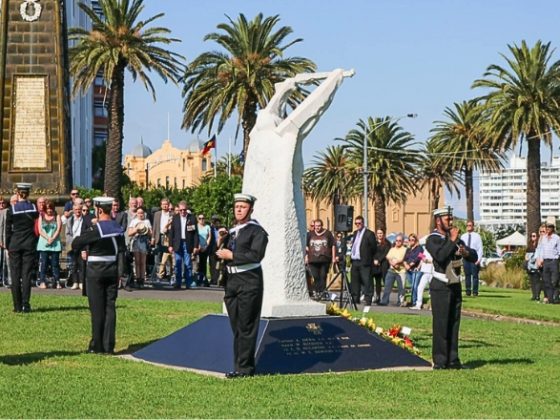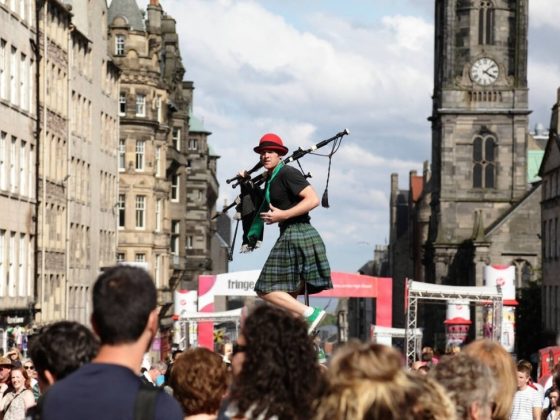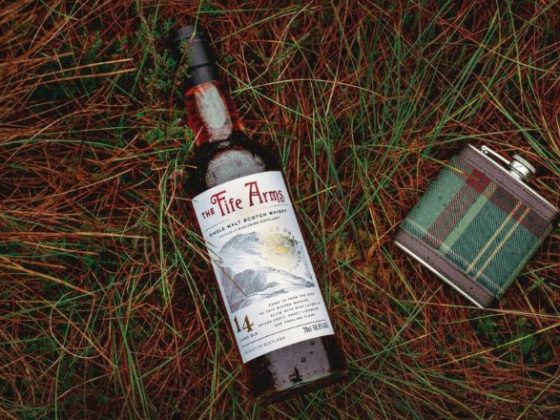The Unseen Beauty & Diversity of Ireland Beyond the Clichés
Many people outside of Ireland may only think of the Scottish Highlands when they think of the kilt. However, kilts have long been associated with Irish culture as well. Even though the kilts of the two nations are very different, they both wear their kilts as a way to show their pride in and celebrate their Celtic heritage.
Both countries “traditionally” wear kilts. The Akkadians and Ancient Egyptians, among other cultures, wore kilts or similar attire at one point or another. The principal architects of kilts are the Scottish, yet kilts have settled their direction profoundly into Irish practice also. For weddings, birthday parties, funerals, and other special occasions, both nations wear kilts.
We are well-known for wearing kilts in Scotland, where they have been worn for a long time. They are still widely considered to be a part of Scottish culture and are worn worldwide as a sign of Scottish pride. However, many people are unaware of the significance of kilts to Irish history. Irish kilts are still an important part of Irish culture and are still worn by Irish people today, despite the fact that the Irish kilt’s history isn’t as long and gets a little confusing along the way.
All About The History Of Irish Kilts!
The genuine beginning of the Irish Kilts for men is marginally discussed. Lein-croichs, or long tunics, are thought to have been the traditional form of kilt worn by Irishmen in the Middle Ages. According to historians, these long tunics have been depicted in art throughout history, from stone carvings to battle paintings from the 16th century. To go to war, Irish men would wear Lein-croichs in saffron-yellow. Because their legs were barren during battle, some would later mistake them for Scotsmen, causing some confusion in the analysis of art and history.
The first-named “kilt” was not introduced to Ireland until 1910, despite the Lein-croichs’ place in history. Students at the Saint Enda’s School, which was founded by a nationalist with the goal of using the kilt to promote Gaelic culture and national identity, were first exposed to this.
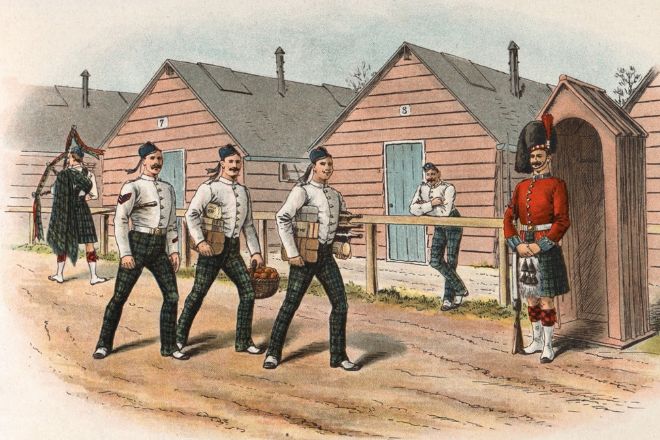
Please keep in mind that the ability of historians to link or disprove Ireland’s use of kilts based on tartans is the source of Irish kilt history. It’s possible that the eighteenth century is when Irish Kilts For Men started to gained popularity. They were probably adopted by Irish nationalists who wanted to keep their Celtic heritage. It is speculated that kilts originated in Ireland around 1880; however, in 1956, a farmer discovered a tartan kilt fabric that is thought to be from 1590. They believe the Irish kilt fabric belonged to a warrior from Ireland. Further, while Scottish kilts have a long history of plaids, the Irish one is somewhat patchy.
What Does It Look Like ?
Blue, Saint Patrick’s patron colour, was the colour of the first Irish kilts. These were the school-issued kilts that were regarded as a representation of Irish nationalism. However, Irish soldiers donned saffron-yellow kilts during World War I to perform in pipe bands. These garbs that incorporate the one of a kind Irish kilts are as yet utilised today and is most famously perceived as the Irish kilt.
However, Irish tartans have become increasingly popular in more recent times. In Ireland, counties have been given their tartan since the late 1990s. In contrast to Scottish clan tartans, these unofficial tartans are extremely popular for Irish weddings and events as a means of expressing pride in one’s Irish heritage. Additionally, these tartans are particularly popular with families with Irish ancestors who have since immigrated to the United States and Canada. Probably the most well known Irish plaids incorporate Dublin Region, Stopper Province and Kerry District. For instance, the Galway County Tartan is likely to be worn by Galway residents.
Tartans are used in contemporary Scottish and Irish kilts, but their meanings are very different. On the Scottish side, each tartan symbolises a specific clan. Over 25,000 clan tartans are registered in the nation at the moment. The surname of a clan is associated with each tartan.
The various counties and districts of Ireland are represented by tartans for the Irish. So that means, Ireland’s tartans are a little bit different. Tartans are not worn to represent a specific clan; rather, they are worn to represent the region or county from which you hail. Therefore, as opposed to the Scottish custom, when attending a special occasion, you would wear a tartan that symbolised the region from which you and your family hail, rather than the clan to which you were admitted. As a result, you are paying tribute to the place where you were born and raised rather than wearing a particular design to honour your family.
Accessorising Your Irish Kilts!
With a few minor modifications, the design of an Irish kilt is very similar to that of a Scottish kilt. A kilt sporran, which are typically the same as those worn by Scotsmen, should go with every kilt. A leather sporran is ideal for the job; However, a lot of Sporrans have Scottish thistles or symbols on them, so if you want to be specific, you might choose an Irish design like a shamrock.
Scottish kilt wearers frequently adorn their garments with the family crest, whereas in Ireland, tartan is not associated with clans or families, making it significantly less traditional. Some people choose to wear pins with Irish or Celtic symbols, like the shamrock, or leave their kilts bare.
Wrapping Up!
Midway through the 1800s, kilt-wearing became common in Ireland, but an old Irish kilt was found in a farmer’s field. It was first documented in 1590. Kilts are associated with a person’s county or region in Ireland. Murphy, O’Neil, and Fitzpatrick are just a few Irish families with registered kilts, while thousands of family tartans can be found in Scotland.
There is a distinct tartan for each of Ireland’s four provinces: Ulster, Connacht, Leinster, and Munster The Cork Tartan, for example, is probably what a man from Cork would wear. Although Scottish kilts date back to the 1600s, kilts didn’t become synonymous with Gaelic heritage until the early 1900s.
Today, an Irish kilt and a Scottish kilt are similar in style and appearance. Saffron, a deep yellow, is the traditional colour for Irish kilts. Shamrocks are typically embossed or stamped on them. In the early 1900s, Irish soldiers serving with the British army first donned these in large numbers. They were worn to distinguish their regiments from the British army and to provide protection. Additionally, there is historical evidence that Irish kilts were worn mostly by men, to political gatherings, music festivals, and weddings.
Today, both Scottish and Irish kilts for men play a significant role in culture. They are honoured at numerous national events and special ceremonies. Even though your dinner is getting cold as you read this, you can’t help but appreciate the illustrious history of the Irish kilts . If you are a knowledge freak, consider reading more of our blogs. Here, you can learn more about Irish and Scottish kilts.
“Kilt USA” is a brand of premium quality kilts that are made in the USA. If you are looking for a durable and stylish kilt that is built to last, look no further than “Kilt USA”. With a wide range of styles and sizes to choose from, you’re sure to find the perfect kilt to suit your needs. And with our quality craftsmanship and attention to detail, you can be confident that your “Kilt USA” kilt will be a reliable and fashionable choice for years to come. Don’t wait any longer, visit our website today and discover the quality and style of “Kilt USA” kilts for yourself! Order yours today and experience the difference that a true American-made kilt can make!
You Will Love These As Well!
People Also Ask!
Irish kilts are a traditional part of Irish heritage and culture, and they make for a fantastic fashion statement. Whether you’re looking for a kilt for your own collection or want to buy one as a gift, there are many types of Irish kilts available for sale. From the classic tartan kilt to the more modern ones with intricate designs, there is something out there to suit every style preference. In this article, we will explore the different types of Irish kilts available on the market today and discuss their features so that you can find the perfect one!
The Irish kilt is an important part of Irish culture, and it is often worn for special occasions like weddings. The traditional way of wearing a kilt for weddings is by wrapping the tartan around the waist, with two pleats in the back and two pleats in the front. It should be secured with a belt and buckles, and the top of the kilt should be above the knee. Accessories like sporrans, sgian dubhs, and brogues are also part of traditional Irish wedding attire. Making sure you have all your pieces right will make sure you look your best on your special day.
There are many elements to consider when coordinating a complete scottish kilt outfit. While traditional Irish kilts may be timeless and classic, the details of how you wear and style your kilt will make all the difference. Whether it’s for a formal event or just for everyday wear, here are some tips to help you create a well-coordinated look with your Irish kilt.
First, pay attention to the colors used in your complete outfit – they should complement each other harmoniously. You can also add accessories such as ties, scarfs and sporrans that match the color of your kilt – these can help bring out any muted tones in your ensemble. Also, don’t forget to pick appropriate socks that match both your kilt and shoes! Lastly, choose appropriate shoes that can be worn with kilts in order to finish off this timeless look.

